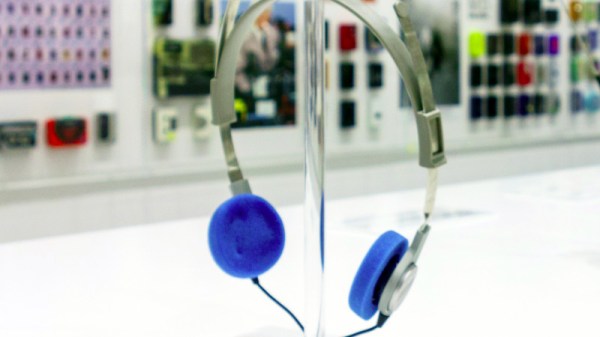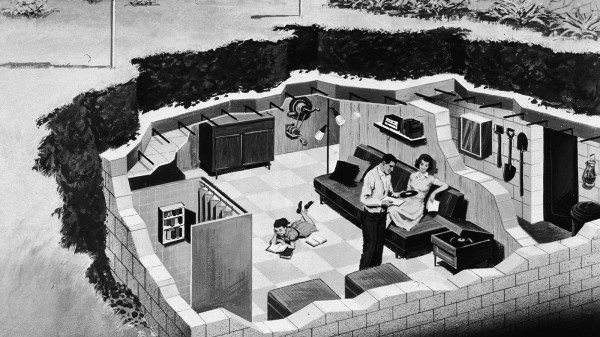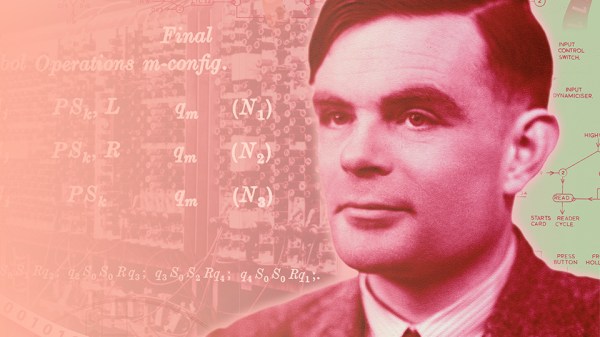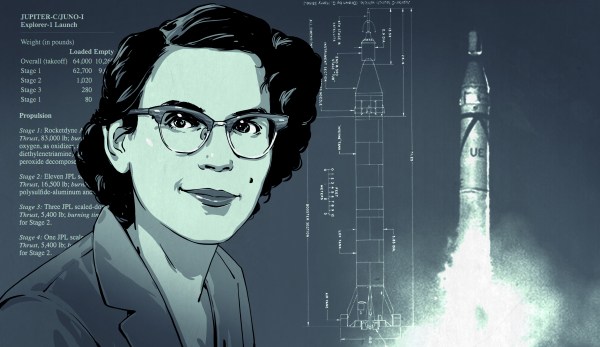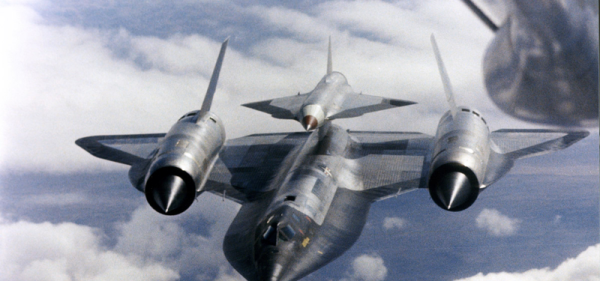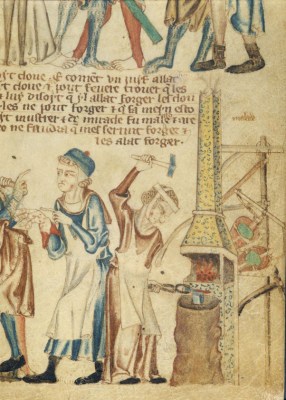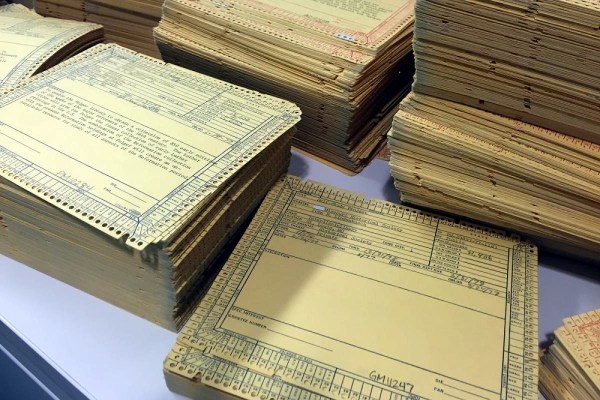Forty years ago this month, a product was launched in Japan that would have such a huge impact on the consumer electronics market that we are still using its descendants today. The story goes that one of the Sony founders would listen to music while traveling for the business, and found the company’s existing products cumbersome and awkward so asked his engineers to design something more convenient.
The resulting prototype became the Sony MDL-3L2, a set of miniaturised hi-fi headphones with distinctive foam earpads and a sliding metal headband that in total weighed an astoundingly svelte 45 g. It was paired with a cassette player called a “Walkman” derived from the company’s existing recorder that had been intended for journalists, and went on to sell in the millions. The market for headphones would never be the same again, and if you have a set of lightweight cans in your possession then this was their revolutionary progenitor.
But Hang On, What’s So Special About Headphones?
You probably won’t have heard the Walkman’s 40th anniversary described in those terms in the various reports covering the event, because of course the social impact of the portable music player rather than its headphones is what people remember. The joy of making a mix tape, of listening to The Human League on the bus, and of the adult disapproval of anything involving Kids Having Fun. Previously, music had been a static affair involving bulky record players, but now it could be taken anywhere. The other youth audio icon of that era, the boombox, simply couldn’t match the Walkman, and everybody wanted one.
Continue reading “Forget The Walkman: It’s The Headphones”

